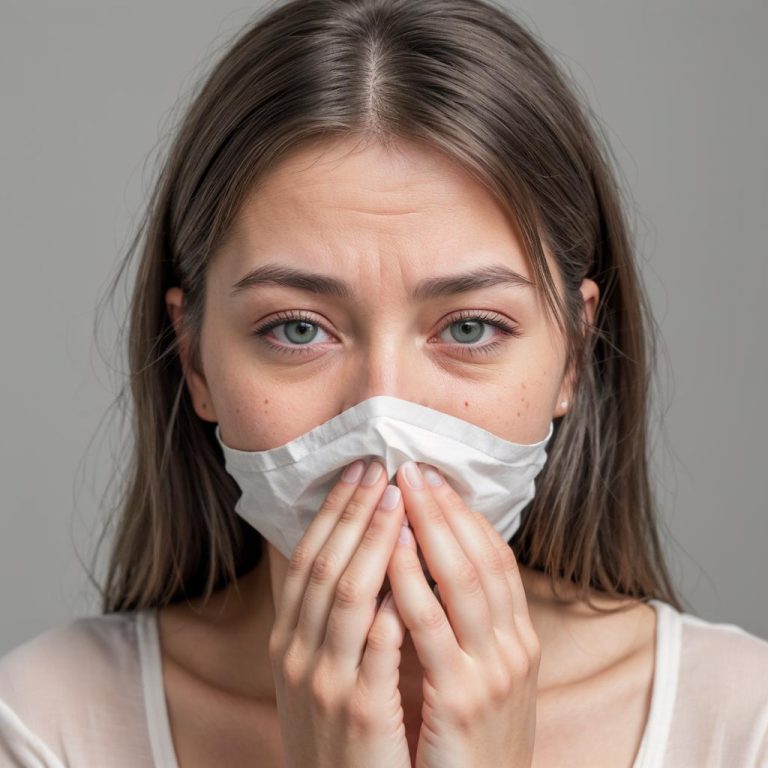
Allergies affect millions of people worldwide, causing discomfort, inconvenience, and sometimes even severe health complications.
Traditional allergy treatments such as antihistamines and nasal sprays provide relief for many but are not always effective for everyone. Fortunately, medical advancements continue to emerge, offering new hope to allergy sufferers. One such breakthrough is the Xolair allergy shot.

What is xolair?
Xolair, also known by its generic name omalizumab, is a medication approved by the U.S. Food and Drug Administration (FDA) for the treatment of moderate to severe allergic asthma and chronic idiopathic urticaria (hives of unknown cause). However, its use has extended beyond these conditions to include the treatment of certain types of allergic reactions.
How does xolair work?
Xolair works differently from traditional allergy medications. It is a monoclonal antibody that targets immunoglobulin E (IgE), a key player in allergic reactions. IgE is responsible for triggering the release of histamine and other chemicals that cause allergy symptoms such as itching, swelling, and wheezing. By binding to IgE, Xolair prevents it from attaching to allergens, thereby reducing the allergic response.
Administering xolair
Xolair is typically administered via injection, commonly referred to as the “Xolair allergy shot.” The injection is given subcutaneously (under the skin) once every two to four weeks, depending on the individual’s specific treatment plan. Healthcare providers may adjust the dosage and frequency based on the patient’s response and the severity of their allergies.
Effectiveness of xolair
Clinical trials have demonstrated the effectiveness of Xolair in reducing allergy symptoms and improving quality of life for patients with allergic asthma, chronic urticaria, and other allergic conditions. Many individuals who have not found relief with conventional allergy medications have experienced significant benefits from Xolair therapy.
Side effects
Like any medication, Xolair may cause side effects. The most common side effects reported include injection site reactions, such as redness, swelling, or pain. In some cases, patients may experience headache, fatigue, or upper respiratory tract infections. Serious but rare side effects, such as anaphylaxis, have also been reported. It’s essential for patients to discuss any concerns or adverse reactions with their healthcare provider.
Considerations before starting xolair
Before initiating Xolair therapy, healthcare providers will evaluate the patient’s medical history, allergies, and current medications to ensure its suitability and safety. Individuals with a history of severe allergic reactions or certain medical conditions may not be candidates for Xolair treatment.
The Xolair allergy shot represents a significant advancement in allergy treatment, offering hope to those who have struggled to find relief from traditional medications. By targeting the underlying mechanism of allergic reactions, Xolair provides an alternative approach that has proven effective for many individuals. However, as with any medical intervention, it’s essential to weigh the benefits and risks and consult with healthcare professionals to determine the best course of action for managing allergies. With continued research and innovation, the future holds promise for even more effective and personalized allergy treatments.



